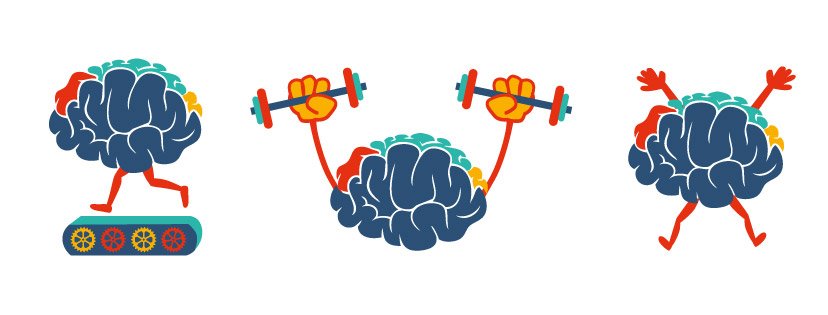Super Body Super Brain
Super Body Super Brain UK arrived in the UK this year. I am thrilled to work with Michael Gonzales-Wallace (PT NASM), the founder of Super Body Super Brain. Today, I share with you why I am so excited to introduce this mind/body fitness workout to you. I also want to share the benefits of it and some of the in-depth research being done.
All exercise has the potential to be helpful to the brain as movement is created in the brain’s motor cortex. However, the brain uses different areas for co-ordination and balance. The exercises that interest me for super brain health use and combine these different areas of the brain.
The brain is an area of huge personal interest to me. Both my parents died from neurological issues so the importance of the brain especially in motor and cognitive function is very clear to me. A lot of coverage in the media recently has shown the different forms of dementia. It is a huge and complex issue and in the 21st century, I firmly believe that self-help will be key in prevention or at least slow down it’s progress.
What is Super Body Super Brain?
It’s a multi-disciplinary approach that offers a full body workout physically and also stimulates the brain = Brain Building Exercise. It can be done almost anywhere, you can see benefits by just doing 10 minutes daily. Several areas of the brain are challenged and activated when you combine movement if different parts of the body and also use balance, co-ordination and eye movements. These areas include:
Cerebellum is responsible for balance, co-ordination, speech & muscle movement accuracy.
Basal Ganglia refines muscular movement, behavioural learning such as in habits, eye movements, cognitive and emotional functions.
Hippocampus forms an important link with the limbic system and therefore emotions. It is very important to long-term memory especially when you use your senses and emotions.
Frontal Lobe is important for complex chains of motor movement, problem solving, spontaneity and spacial orientation.
Research
John H Martin Ph.D. the neurobiologist who has worked with Michael Gonzalez-Wallace says this in the foreword of Michael’s Super Body Super Brain book. “The simple yet challenging movements you will learn in Super Body, Super Brain drive up brain activity enormously. When a brain region is more active, it makes new connections so it can perform its job better, faster and more efficiently” He goes on to say, “Michaels program is rich in movements that are new and not practiced. They require us to coordinate our bodies in ways that are very different from what we are accustomed to”. Not only do these kinds of movements form new connections in the brain, they form them in regions that have diverse functions, like the cerebral cortex, cerebellum, basal ganglia and hippocampus.
This is particularly important, because these brain areas are not primarily associated with movement. They are known for their roles in cognition, emotions and memory. As you perform movements that involve combinations of arm and leg movements, your brain has to multi-task and as it does, it builds new connections.
Future Training Around The UK
I (Rosemary Dean) want to introduce Super Body, Super Brain in the Scottish Borders initially. During 2017 Instructor courses will happen in other areas of the country. Michael Gonzales-Wallace comes to Britain in 2017 (dates to be confirmed, but hopefully May). We will hold an Intensive course so you can train with him directly and with myself. I would love to hear from you if you are interested in the training program during 2017
Michael Gonzalez-Wallace is a highly sought after personal trainer and fitness expert. Certified by the National Academy of Sports Medicine, he has featured in Redbook, O, The Oprah Magazine: Prevention and Fitness and on msnbc.com and CNN. He lives in New York City. www.superbodysuperbrain.com
John Martin, Ph.D. Medical Professor, Neurobiology, Physiology and Pharmacology- School of Biomedical Education-City College (Former Professor at Columbia University for over 20 years) Research Fields include:
Development of the motor systems of the brain and spinal cord,
Development of motor behaviour,
Repair of the damaged motor systems,
Promoting axon regeneration after brain and spinal cord injuries
Movement control.

